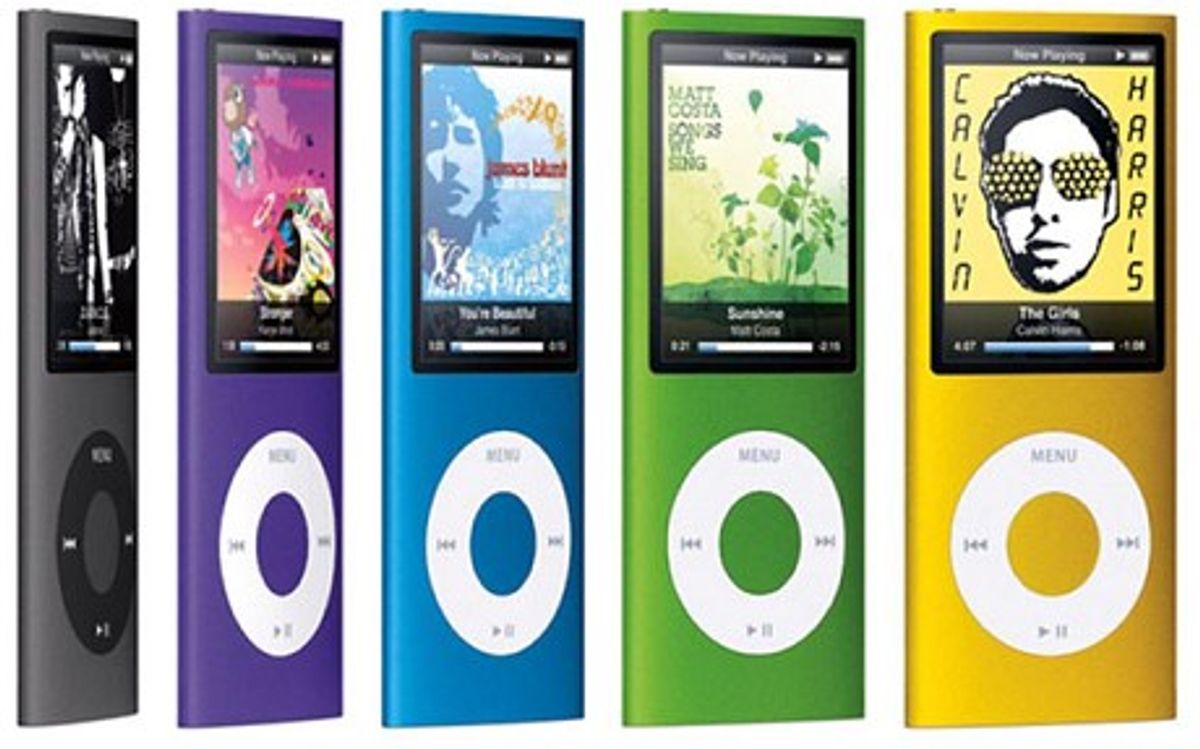Professor Zhong Lin Wang, Director of the Center for Nanostructure Characterization at Georgia Tech, has managed to keep the otherwise obscure subject of the piezoelectric qualities of zinc oxide nanowires continuously in the press. I myself have alluded to his work twice on this blog (here and here).
The latest mainstream media outlet to pick up on his work is the UK-based publication the Telegraph, which gets quite excited about a presentation Dr. Wang made at the ongoing National Meeting and Exposition of the American Chemical Society.
I would have happily chalked this story up to one more excellent job of getting nanomaterial research into the mainstream press, but because of recent work by Eric Pop and his colleagues at the University of Illinois’s Beckman Institute in reducing the energy consumed by electronic devices it seems a bit more intriguing now.
So low is the energy consumption of the electronics proposed by the University of Illinois research it is to the point where a mobile device may not need a battery but could possibly operate on the energy generated from piezoelectric-enabled nanogenerators contained within such devices like those proposed by Wang. (Just as a point of clarification on my previous post on the University of Illinois research, I misleadingly said that Pop’s research could mean mobile devices that run on their own thermal or mechanical energy. It would have been better to say: “mobile devices that could run on the thermal or mechanical energy they harvest.” I don’t want anyone to give up on the second law or believe that I was proposing a perpetual motion machine.)
So, according to Wang, five nanogenerators producing energy through the straining or flexing of nanowires brought on by the mechanical energy of your heartbeat or walking could produce “about 1 micro ampere output current at 3 volts about the same voltage generated by two regular AA batteries.”
Dexter Johnson is a contributing editor at IEEE Spectrum, with a focus on nanotechnology.




